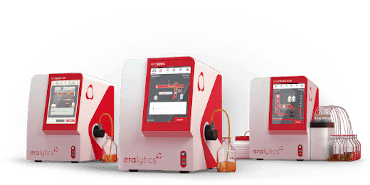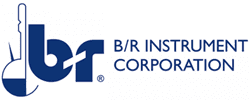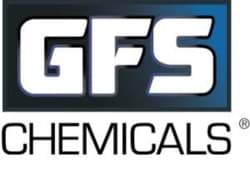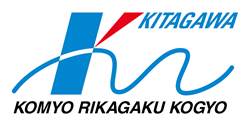

Introduction
Recently Parkes Scientific, along with eralytics worked to gather preliminary data showing the extreme bias that can result from insufficient shaking even when strictly following ASTM D6377-2020. These findings were presented to the CCQTA September 2020 meetings during the General Forum.
Summary
A condensed version of the issue is that ASTM D6377 specifies only a minimum of 1.5 c/s (cycles per second) of agitation to reach equilibrium. The application note that eralytics' created shows data indicating that the reproducibility of the method (R = 4.26 kPa) can be greatly exceeded. This appears to be consistently common for compositions of products with high density and high viscosities. Biases up to 7.7 kPa have been recorded. Biases in excess of 12 kPa have been reported but not formally recorded.
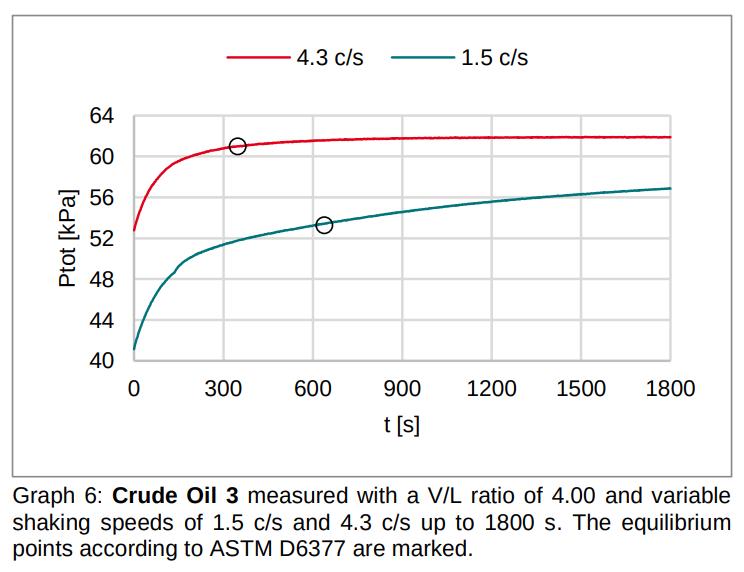
Conclusions
Below are the conclusions from the application note.
- A higher shaking speed leads to a higher VPCR.
- The difference between a VPCR result obtained with a shaking speed of 1.5 c/s and 4.5 c/s can be as large as 7.7 kPa (1.12 psi).
- Applying shaking speeds of 4.5 c/s or above eventually lead to the formation of a thermodynamic equilibrium vapor pressure.
- A VPCR result obtained at higher shaking speed (4.5 c/s or above) is closer to (or at) the actual thermodynamic equilibrium vapor pressure, meaning this result is more accurate.
- The measurement time for ASTM D6377 can be reduced significantly by increasing the shaking speed.
- For ERAVAP a shaking speed of 4.5 c/s (= “36” in the method parameters) was found to be the optimum setting for ASTM D6377 measurements.
Resources and Links
- An advisory has been issue by the CCQTA (November 17, 2020) regarding this issue. You can view the advisory with the following link: CCQTA Vapour Pressure Advisory (PDF)
- The eralytics published application note regarding this issue can be accessed with the following link: Application Note - ERAVAP Shaker Speed (PDF)
- The eralytics news posting regarding this issue can be accessed with the following link: Crude Oil Vapor Pressure Testing: Why a higher shaker speed improves the accuracy of ASTM D6377
Updates to this Post
- November 26, 2020: Links added to CCQTA advisory.
